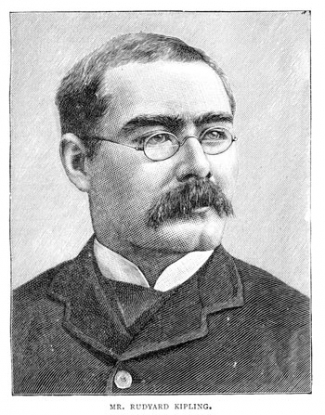I have six honest serving men
(They taught me all I knew);
I call them What and Where and When
And How and Why and Who.
– Rudyard Kipling
Rudyard Kipling wrote these famous words in 1902, inspired by his work as a journalist. It turns out the words of a journalist scoping out stories in Victorian England are still relevant today, especially for those of us in senior housing. The “six honest serving men” are there to help us seek the truth about how to better serve our residents, build occupancy, and prepare for the next generation.
Asking the right questions moves us forward: as leaders helping with new trends, as an industry, and in our relationships with staff and prospects.
In order to be competitive, we must think as our Victorian journalist friend did, whether it’s big picture solutions to operational concerns, or a moment of influence between a sales counselor and a prospective resident.
Curiosity breeds innovations. Asking the right questions builds a framework around which creative ideas grow.
The Six Honest Serving Men
What
What identifies issues clearly and concisely, without getting caught up in the details. What sparks curiosity.
- What efforts are succeeding?
- What efforts are not succeeding?
- What are our competitors doing differently?
- What marketing tactics are most successful for us?
- What are the strengths of our organization in the marketplace?
- What triggered resident’s decision to consider/move?
- What do our prospects want?
- What do their influencers want?
- What does the next generation of residents want?
- What doesn’t exist in our market that should?
Where
Where locates the issue. Sometimes the location is geographic, or within a department or building.
 Where can we make capital improvements that attract the next generation?
Where can we make capital improvements that attract the next generation?- Where can we put something new?
- Where are the most popular areas of the community?
- Where are our competitors?
- Where do most of our prospects live? Their influencers?
- Where did our residents move from?
When
When sometimes requires a little digging. When identifies a single point in time, a duration, or a circumstance under which something happened.
- When / under what circumstance did our occupancy peak?
- When did a particular problem begin?
- When have we adjusted fees? When should we adjust fees again?
- When do we get the most inquiries?
- When / under what circumstances do prospects decide to move to our community?
- When / under what circumstances do professionals refer clients to our community?
Asking the right questions of your leadership, staff, residents, prospects, and referral sources sparks curiosity and shows that you value their contributions.
The next three serving men –how, why, and who – move us from analysis to creativity. How, why, and who help generate ideas and creative thinking.
How
How is interested in process. How goes more deeply into the details of a situation, and suggests ways to overcome obstacles.
- How can we tend to the need of today’s residents and launch initiatives to attract the next generation of residents?
- How can we capitalize on our strengths in the marketplace and minimize our weaknesses?
- How can we enable employees to offer top-notch customer service?
- How can we overcome the most common objections of prospects?
Why
Why looks for cause-and-effect. Why finds logical connections between a person’s thoughts and action. When we ask why people or things behave a certain way, we’re using creativity to find an answer.
- Why did a program succeed or fail?
- Why do people move here?
- Why don’t people move here?
- Why did a marketing campaign succeed or fail?
- Why do people like living here? Not like living here?
- Why do employees like working here? Not like working here?
Who
Who connects the community to the people involved: residents, prospects, employees, influencers, and competitors. Who includes those directly connected to your community, and those outside the community with relevant experience or lifestyles.
- Who are our prospects and residents (demographics / personality traits)?
- Who are their influencers?
- Who are our prospects five or ten years from now? Their influencers?
- Who are our referral sources?
- Who are our competitors?
- Who are our staff (demographics / personality traits)?
The “Who” of your community are the people who can help answer the What, Where, When, How, and Why questions you’ve been asking.
Residents, prospects, influencers, and referral sources will tell you what is working for your community and what is working against it. That’s why focus groups are a key component of every marketing audit, and why we always recommend using a professional, neutral facilitator. People are so eager to have their opinions heard that it takes some wrangling to keep them focused only on what is most valuable to you.
If Henry Ford had asked his customers what they wanted, they would have said faster horses!
“You are a pro. I was VERY impressed with how you lead the focus groups. You solicited very valuable feedback and kept everyone on track.”
– Jennifer Tapner, Executive Director, The Watermark at Logan.
All You Have To Do Is Ask
To innovate, you have to get curious. Start asking the right questions, get creative, and see where your curiosity takes you.


